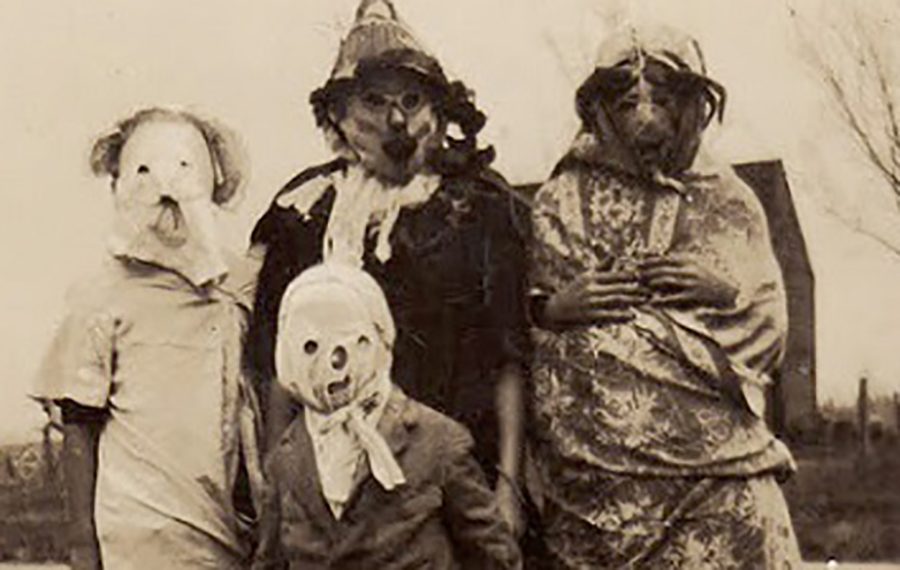The history of halloween
Italiano: Costumi 1800 Halloween in Italia
October 6, 2016
Today, Halloween is associated with fun costumes, candy, parties, and horror movies. However, around 2,000 years ago, Halloween was called Hallows Eve and was associated with the Celts religion and New Year. The Celtic New Year was on November 1st, and it was believed that on Hallows Eve the worlds of the living and dead came together. These spirits were said to cause trouble and damage crops. However, these spirits also helped the Druids, or Celtic priests to make clearer predictions of the future that would help to guide the Celts through the coming winter.
The Celts celebrated Hallows Eve by lighting sacred bonfires, sacrificing animals and crops, and wearing costumes of animal skins and heads. They also payed tribute to roman gods and goddesses as the majority of the Celts were living in the Roman empire. Later, in a time close the the 9th century, Christianity had spread to the Celtics’ region and changed their celebration of All Martyrs Day to November 1st. Later, This was changed to be called All- Hallows Eve, and eventually Halloween.
In America, Halloween was practiced in the New England colonies where Protestantism was common. As different ethnic groups began to mix with the colonists, Halloween became altered and was more similar to a public harvest than a religious celebration. When the new immigrants came in the second half of the 19th century, Halloween became a popular celebration across the country.
Eventually, Halloween became more about community relations than spirits and witchcraft. By the 1950’s, Halloween was directed mainly towards a younger population and the tradition of trick-or-treating was established. Today, Halloween is viewed as an exciting, magical holiday for little kids.




